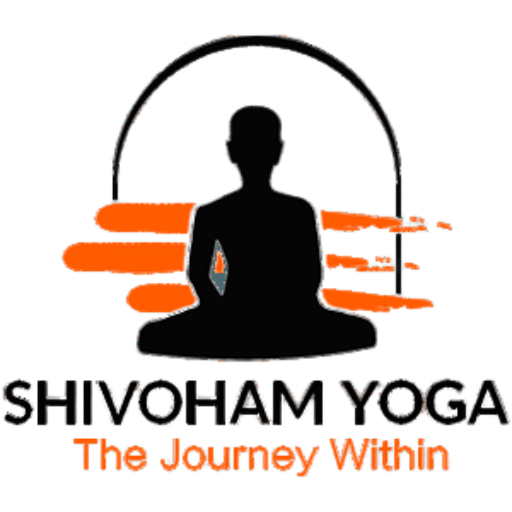Styles of Yoga
Styles of Yoga
Yoga includes an ever-growing number of styles, schools, and traditions, as well as the innovations of countless yogis over the centuries.
Yoga has continually incorporated new influences. Rather than thinking of yoga as being ancient, it’s probably more accurate to view it as something with ancient roots.
What the ancients were doing and what modern yogis do differ a lot. Although meditation techniques and sitting postures like the Lotus pose are age-old, many of today’s widely practiced poses appear to be fairly recent inventions.
Some new approaches appear to be useful and some are probably not so valuable. Some innovations will endure and others will fade away. That’s the way it’s always been.
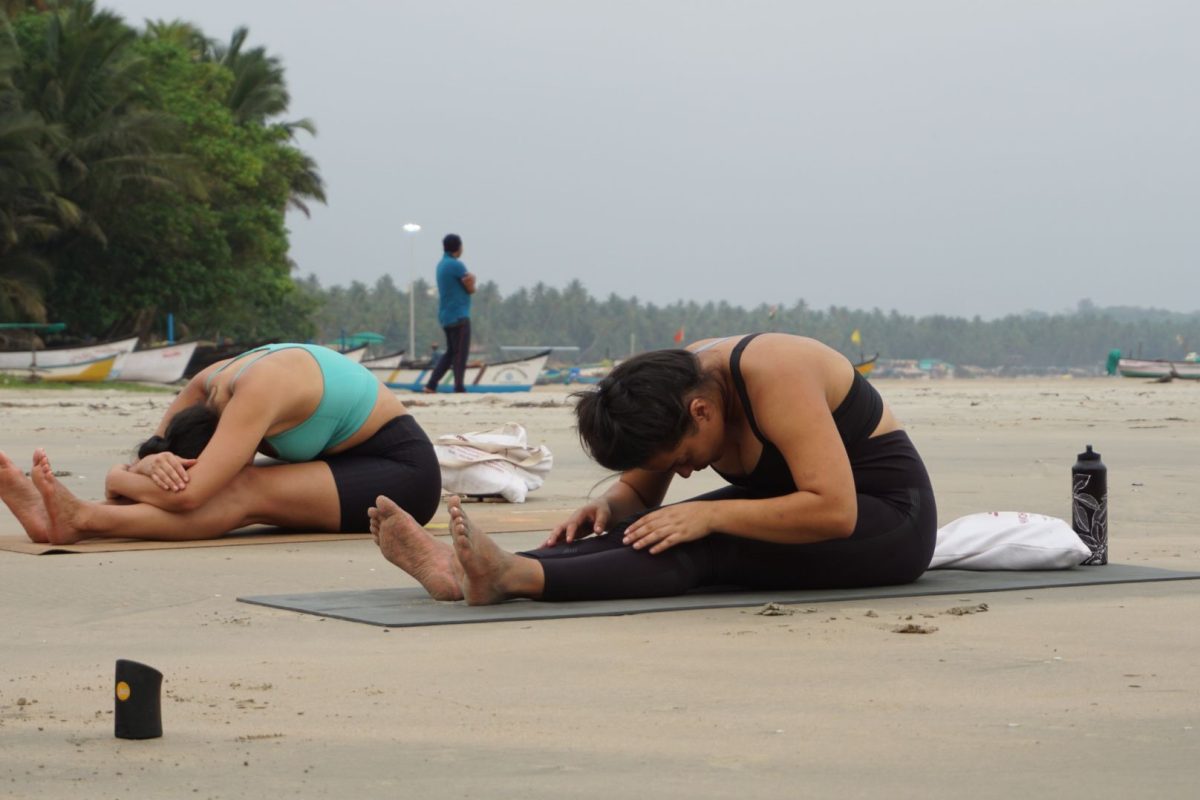
Some types of yoga, for example, may do enormous good but with a significant number of casualties along the way.
This suggests there may be better choices for people whose health is already compromised. The names of yoga styles can get confusing.
Some schools have turned general yogic terms into brand names. For example, there is what is called Kundalini yoga, a style developed by the late Yogi Bhajan.
The traditional meaning of kundalini is the latent “serpent energy” stored at the base of the spine, activated by various yoga practices. The phenomenon of trying to liberate kundalini energy is not unique to Kundalini yoga.
Similarly ashtanga means “eight limbed” and refers to the eight steps on the path of yoga that Patanjali outlined in the Yoga Sutras. When in doubt, speak to the teacher to find out what any given term means to her or him.
- Iyengar Yoga
- Ashtanga Vinyasa Yoga
- Vinyasa flow
- Hot/Bikram Yoga
Iyengar Yoga
Named after yoga master B. K. S. Iyengar, Iyengar yoga strives for precise anatomical alignment in poses, which serves as the primary meditative focus for the practice.
Breath is given less attention, particularly with beginning students and in therapeutic settings, though some teachers talk about it more than others.
Pranayama practices are taught only after the student has attained proficiency in asana, generally after at least two years of study.
The attention to precise anatomical detail makes Iyengar yoga particularly well suited for problems like carpal tunnel syndrome, back pain, and arthritis, in which dysfunctional alignment may be either contributing to or causing the problem.
That said, Iyengar yoga teachers treat the full gamut of disease, from depression to heart disease to Parkinson’s. Iyengar pioneered the use of various props like blocks, bolsters, straps, benches of different sizes and shapes, as well as ropes mounted to either the wall or the ceiling to achieve various effects.
One of the main uses is to allow students who lack sufficient flexibility or strength to do the poses with good alignment and with a minimal risk of injury. Although the poses can be modified for some students, more often props are used to guide the individual into the posture.
Props are also essential to another of Iyengar’s innovations—and perhaps his greatest for therapeutic purposes—restorative yoga
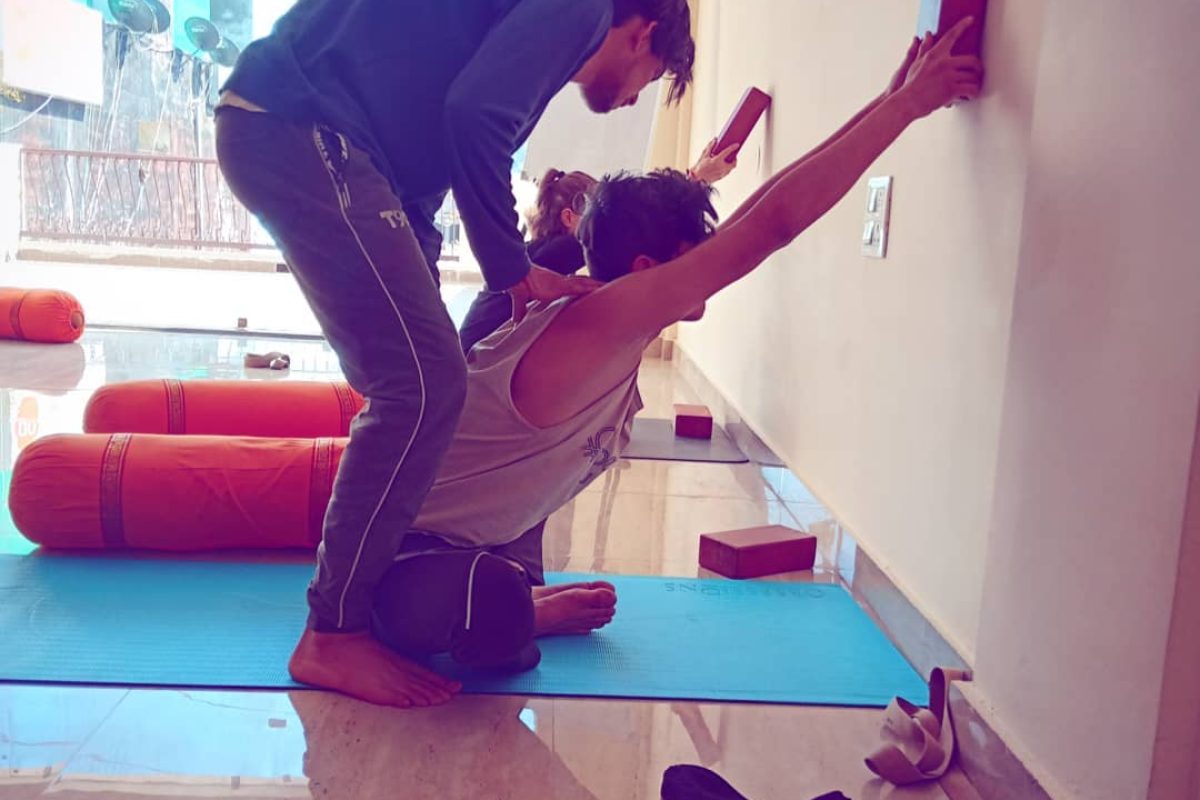
Vinyasa flow
Vinyasa Flow as the system is generally referred to in the West, was propagated by T. K. V. Desikachar, the son of Krishnamacharya (who was also the guru of Iyengar and Pattabhi Jois).
It focuses intensely on the breath, and incorporates pranayama techniques and chanting into asana practice, although both pranayama and chanting are also done in their own right.
The postures are gentle, and students flow in and out of the poses, sometimes holding them, but only briefly.
Because the movements are never forced and the poses are not held for long periods of time, the risk of injury is extremely low, making this style particularly well suited for students with chronic disease.
to know more about one can enroll for our Vinyasa Yoga Teacher Training in Goa.
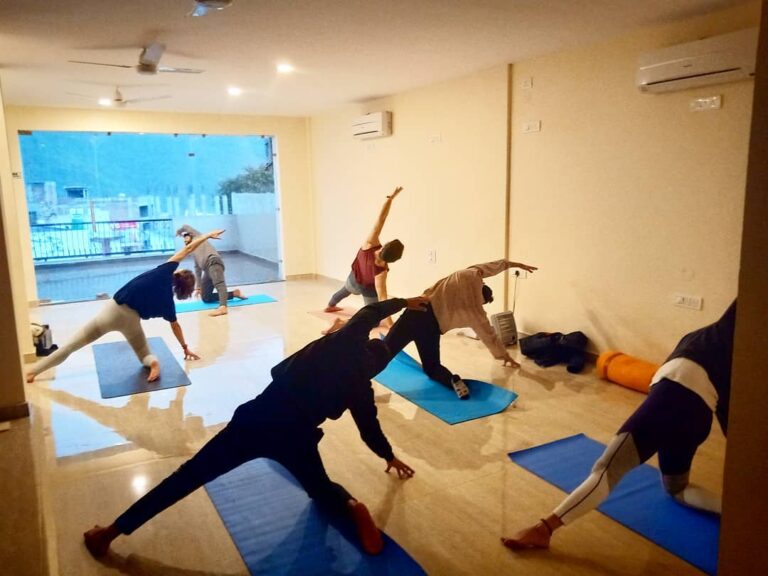
Ashtanga Vinyasa Yoga
Ashtanga, based on the teachings of K. Pattabhi Jois of Mysore, India, is one of the most vigorous styles of hatha yoga.
Its practitioners perform fixed series of postures that flow rapidly and continuously, often jumping from one posture to the next.
The entire practice is done while breathing loudly in the style of Ujjayi pranayama which is said to energize the body and focus the mind.
Also characteristic of Ashtanga practice is the attention paid to engaging the root lock (mula bandha) and solar plexus lock (uddiyana bandha) as well as to the direction of gaze (drishti) during asana practice.
Pranayama is generally only taught to students who have studied for several years. Many students enjoy the energetic workout, but Ashtanga is probably not for people who are less fit or less flexible, those with serious medical conditions, or those with back, knee, or shoulder problems.
if you want to be certified ashtanga Yoga Teacher then You can join our Yoga Teacher Training course in Goa.
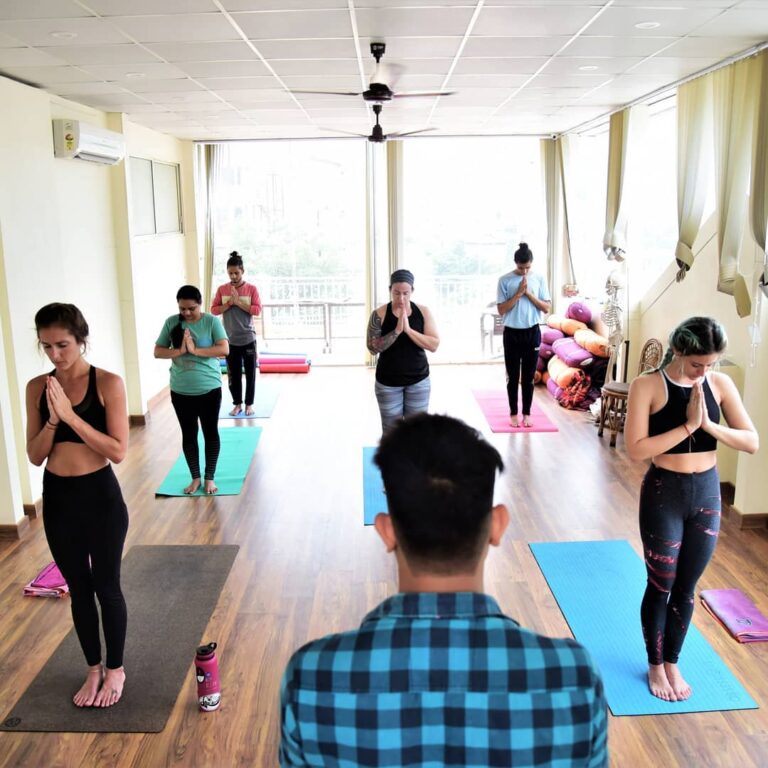
Hot Yoga/ Bikram Yoga
Bikram yoga is a vigorous style done in a room often heated to over one hundred degrees. The classes invariably involve doing the same twenty-six practices in sequence twice, including standing poses, onelegged balancing postures, floor exercises, and pranayama.
Students hold each pose for thirty to sixty seconds. The classes are standardized, with teachers often reciting the instructions more or less verbatim.
Choudhury Bikram, the inventor of this system, is currently trying to patent his sequence of practices down to the very words of the instructors’ banter, which accounts for the near total uniformity of the classes.
As with Ashtanga yoga, many Bikram students enjoy the predictability of the sequence of poses because they know what to expect and can easily chart their progress week to week.
While therapy is generally not part of Bikram yoga, its proponents believe that the practice can be helpful for a wide variety of medical conditions.
A demanding routine, done in hot and humid conditions, however, means that these classes are too challenging for most people who are of advanced age or seriously ill
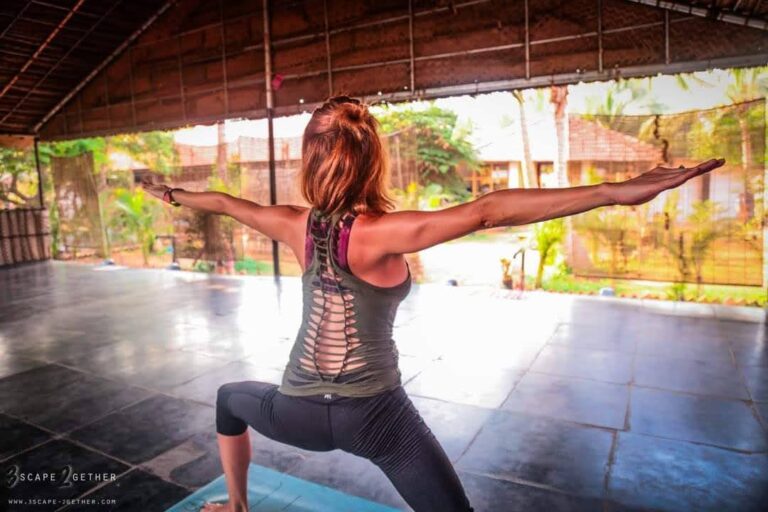
Thanks for Reading This, Please Check Our Upcoming Yoga Teacher Training courses.
